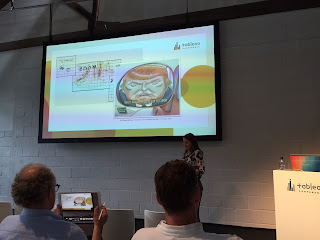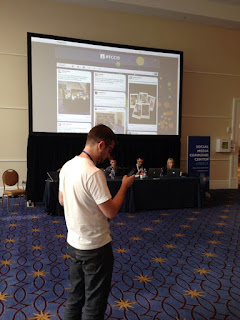The Product
- Tableau 10 is going to rock. 10,000 people are on the beta programme and I love everything that I have seen and tinkered with so far. Speaking to Francois Ajenstat this week, I admitted that the volume of 'newness' can be overwhelming at times but woah does it make the jobs we have exciting.
- The developments are needed. I love the tool but it is still quite new and has grown so rapidly so there are definitely things that need to change. People are still struggling with Blending and need more Enterprise level control to appease more of the stakeholders who are blinking demanding. v10 is delivering a lot of these requests.
- Some demanded developments aren't being delivered. There is a lot of demand for sunburst, sankeys and network diagrams. I'm still glad that non-best practice charts are being held back. I like to highlight that if you really want to build these you can but there are reasons why you shouldn't. This challenge will never go away.
The people
- Great to chat to so many familiar faces. I couldn't walk anywhere for more than a minute before I'd stop and chat to some great people who I only get to see a few times a year. I love the community and the conference is a chat to talk to people in more than 140 characters
- Meeting lots of people who I have trained and are loving the tool. Special shout out to Claudia who I taught in the Netherlands but so many more from clients and Tableau Public training sessions. It really motivates me to keep trying to make my training sessions better
- Putting a few of those Twitter profile photos to real faces. You know who you are!
The Tableau team
- Absolutely cracking job by the conference team to run a conference for a 1,000 people. This is no small event so great job to everyone involved. You guys allow us to just enjoy and that speaks volume
- Great to meet so many new Tabloids.
- Bethany Lyons maintained the rule of 'Attend any session at a conference that Bethany presents'. Freaking amazing and thought provoking work that keeps me humble (even if you did offer a me Women's sized t-shirt)
The Information Lab team
- I have so much fun working with this team of passionate gurus who clearly make such an impact on the community. I love what this team adds in and also how much we still have to learn.
So thank you all for making it a great couple of days and see you in Munich or Austin soon.


















































